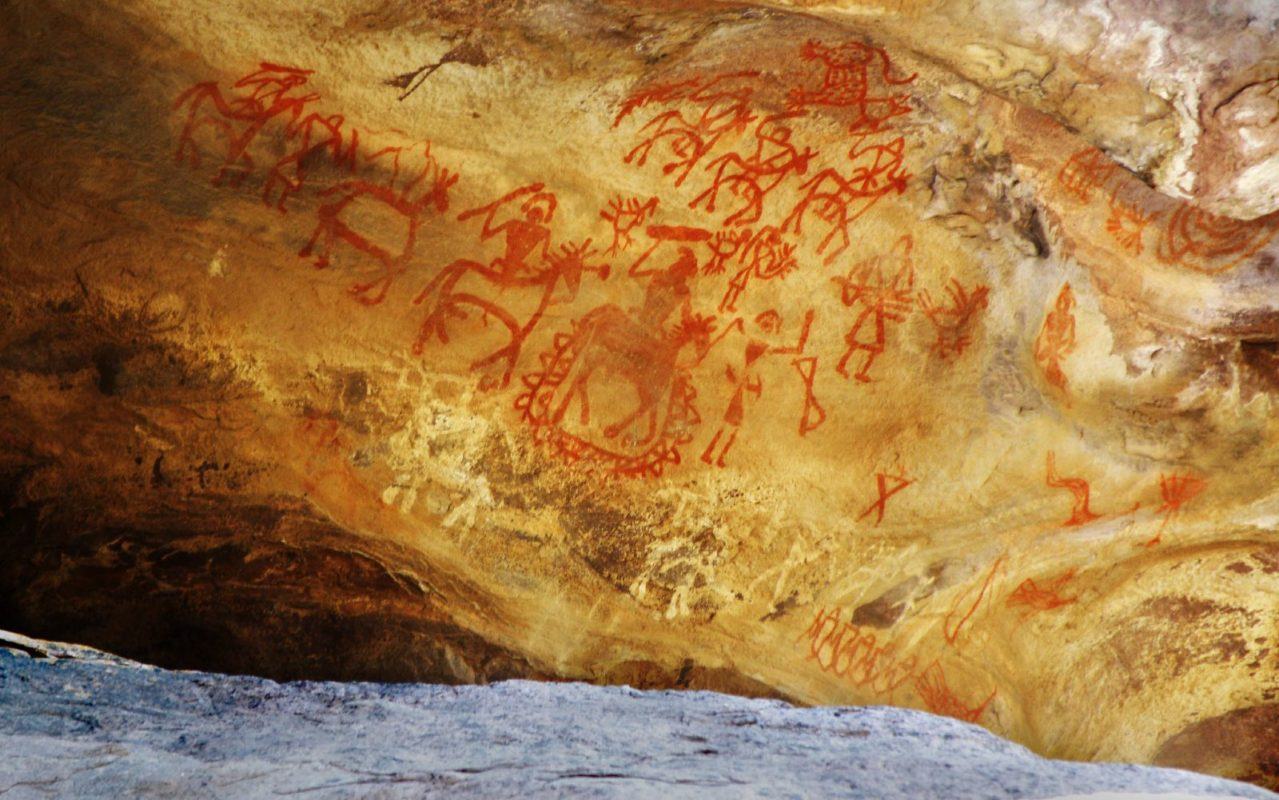News
Getting high on your own supply since the Stone Age
The Breatheology Method teaches you that the breath connects the mind, body and spirit. This is something that ancient civilizations have known from years.Breathwork has been prevalent for millennia in Qigong, originated in China and yoga, which finds its roots in Northern India. Archeologists now believe that the first breath pioneers go back even further.
Ancient Stoners
A study from the University of Tel-Aviv suggests that cave painters from the stone age were getting high on their own supply using breathing – or the lack thereof.Lead researcher Gil Kedar was curious to find out why cave paintings are often found deep into the earth. The passages leading to the paintings are narrow, difficult to travel and completely dark.When you become hypoxic, the hypothalamus produces more dopamine in the brain. This can result in hallucinations and out-of-body experiences.Our ancestors would undoubtedly have used a crude torch as a portable light source to light the way. Thus, the study focused on simulating the effect of torches on the oxygen concentration in these dark, tight spots.For the torch to remain lit, the fire consumes more and more oxygen. As the cave painters ventured deeper into the network of caves, oxygen concentrations would quickly drop to a dangerously low levelThe study, published in Time and Mind: The Journal of Archaeology, Consciousness and Culture, concludes that it was a deliberate decision to travel deep underground to transcend to a cosmic outworld. The understanding now is that the notions of our ancestors and their artistic expressions were fueled by the consequences of hypoxia. They were the first breath (holding) pioneers. (Source)Photo by Raveesh Vyas / CC BYBreatheology Courses
Learn and master conscious breathing through our online breathwork courses. Discover how simple yet powerful breathing techniques can help reduce stress, improve your mental clarity, and boost your physical performance.
Free Breathwork Courses
Kickstart your breath training journey with our free, step-by-step breathing programs designed to help you improve lung capacity, manage stress, and build focus.
Advanced Breathwork Training
Take your breathing mastery to the next level with our advanced breathwork training programs. Build resilience, enhance your endurance, and unlock greater physical and mental performance.
